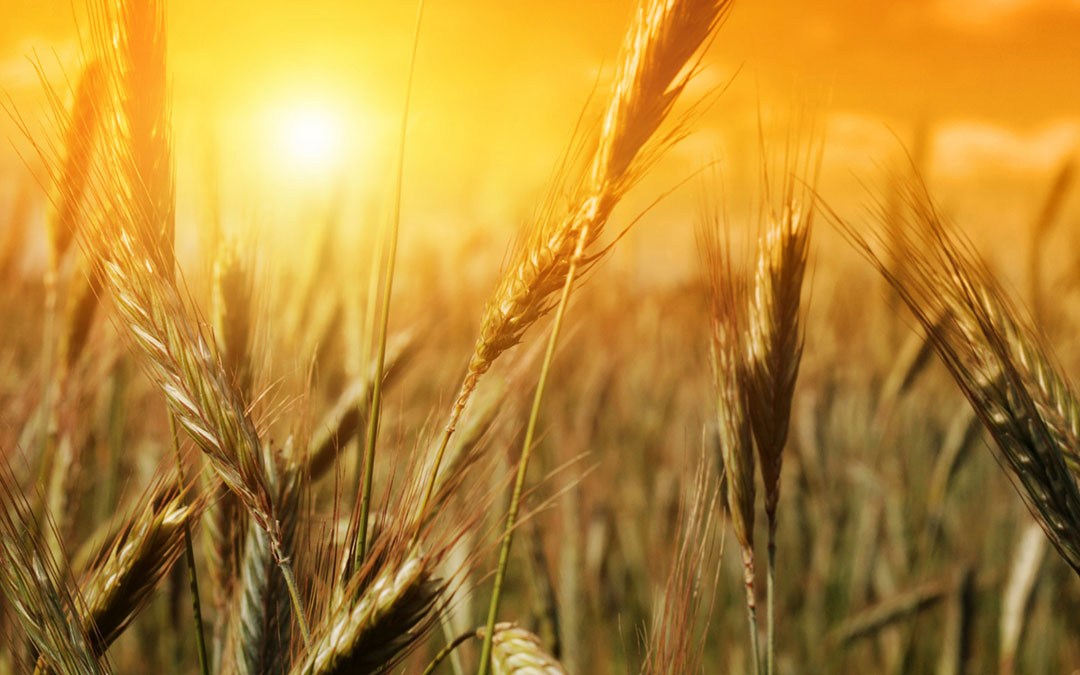Summer 2018: The perfect storm of mycotoxins

Harvest samples from across Europe show high levels of mycotoxins, particularly deoxynivalenol (DON), fusaric acid and fumonisin.
This is the case in areas where there was excessive rainfall during flowering and pollination or late-season rain after heat and drought stress. This situation occurred for grains and forages alike. This is according to the Alltech 2018 Harvest Analysis. The results were recently further explained by Dr. Max Hawkins, global technical support with the Alltech® Mycotoxin Management team, in a webinar, in cooperation with All About Feed.
Weather impact on mycotoxins
“Mycotoxins thrive in changeable conditions, with lack of rain, excessive rainfall or, sometimes, one after the other causing a perfect storm of contamination,” said Hawkins. “The extreme weather events that we’ve seen this year around the world have led to an increased occurrence of mycotoxins in many countries.” In Europe, the weather from May to July was dry and drought-like, especially in the north. This weather impacts the types of mycotoxins livestock producers must contend with. However, the weather changed in August, alleviating most of the drought but bringing surplus rain around corn harvest time, which often results in the increased presence of trichothecenes and Fusarium-type mycotoxins.
All forage samples contained fusaric acid
Forage samples from across Europe showed high levels of mycotoxins, which can impair the performance of ruminants. Grass silage samples from Europe showed a 100% occurrence of fusaric acid, while corn silage showed a 100-percent occurrence of type B trichothecenes. These mycotoxins can be problematic in ruminants, as they can be detrimental to rumen health and rumen function. “Corn silage can typically be more problematic, as it’s in the field longer and exposed to more environmental factors,” explained Hawkins. “We also see a bigger risk to mycotoxins, as we’re not just bringing in the grain but the plant itself, which means more mycotoxins are in the mix.”
High contamination in barley from Croatia, Serbia and Spain
The biggest threat to the wheat crop and barley in Europe is type B trichothecenes. This mycotoxin was present in over 56% of wheat samples and 70% of barley samples, and results from Croatia, Serbia and Spain show a 100% occurrence of type B trichothecenes. On average, the corn samples showed the presence of three different mycotoxins, mostly coming from fumonisins. These mycotoxins can be particularly damaging for grow finish pigs.
The annual Alltech Harvest Analysis utilises the Alltech 37+® mycotoxin analysis. Samples are analysed in labs located in Lexington, Kentucky, and Dunboyne, Ireland.











